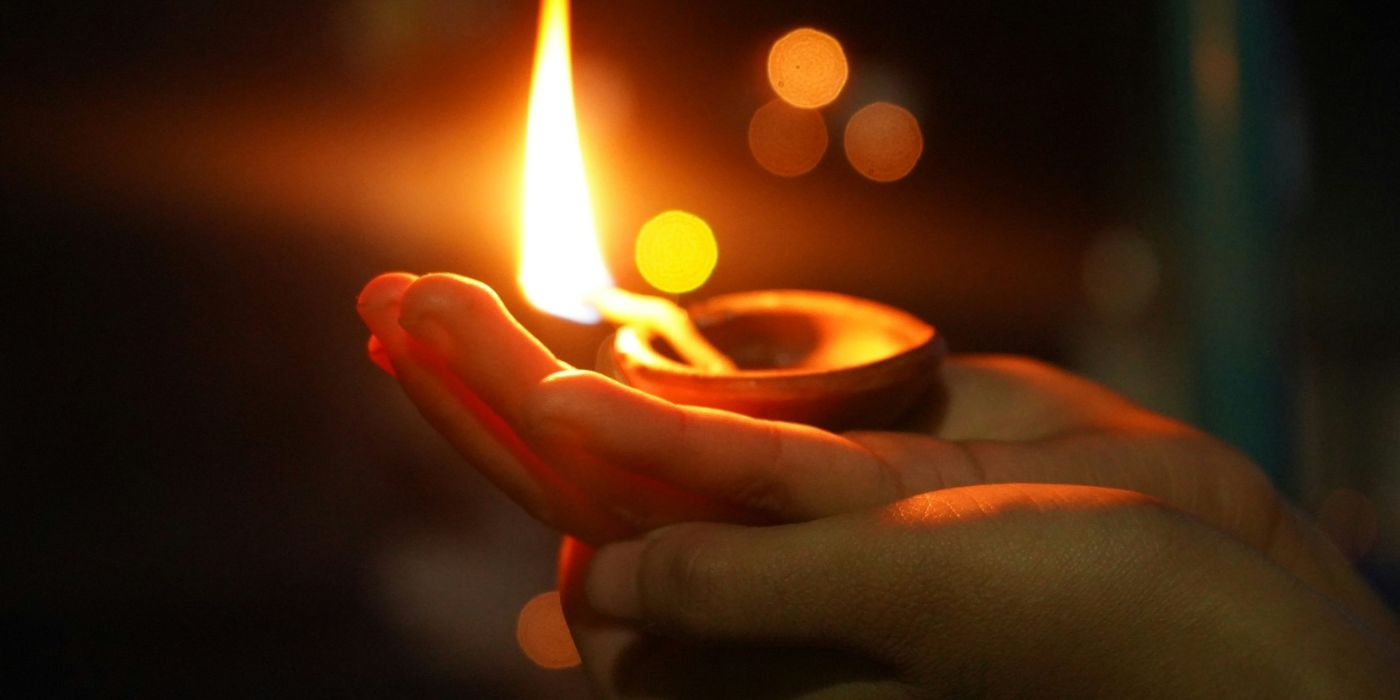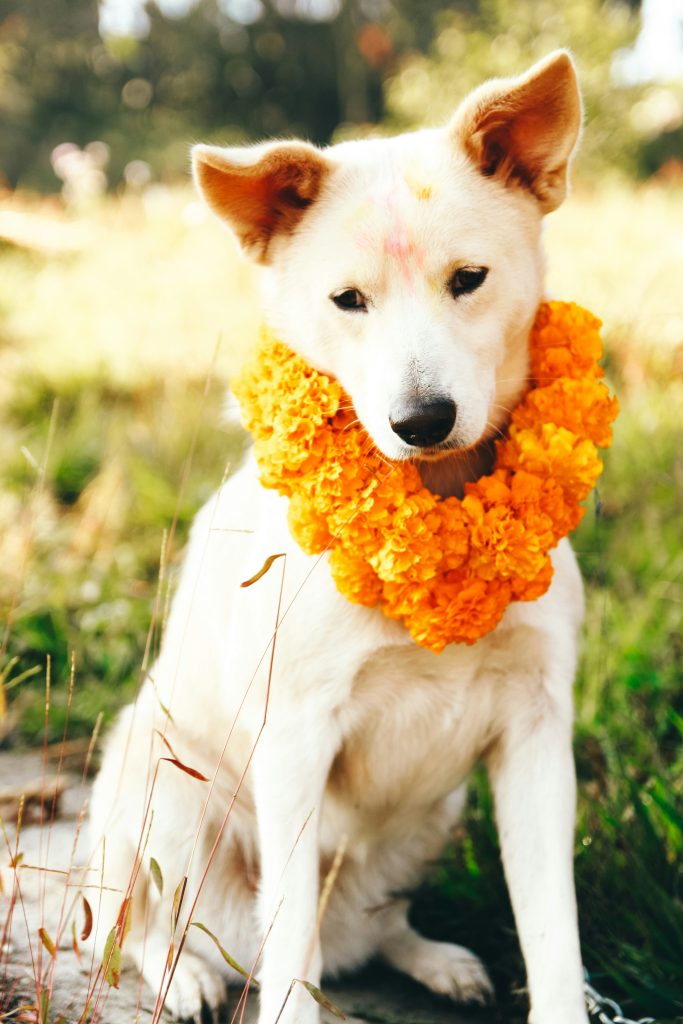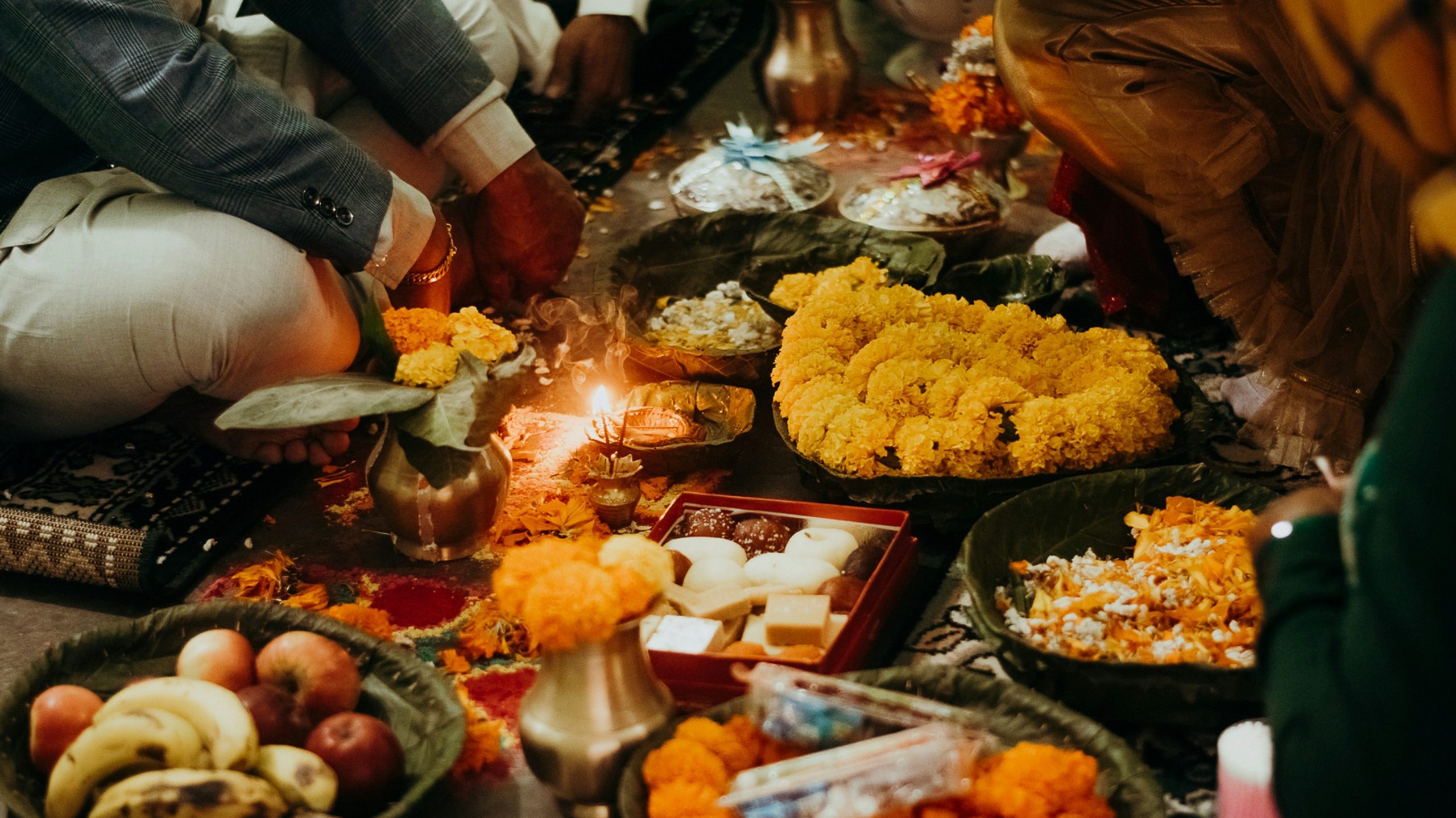Tihar: Nepal’s Festival of Lights

Tihar, also known as Deepawali, is one of the most cherished and colorful festivals in Nepal. It marks the victory of light over darkness, during which homes and streets are illuminated with diyas (oil lamps) and electric lights. The festival is a time for family reunions, rituals, and feasts, symbolizing prosperity, good health, and happiness. This five-day festival is marked by beautiful lights, colorful decorations, and heartfelt reverence for animals, gods, and family ties.
The celebration usually takes place just after Dashain in October or November, according to the lunar calendar, and is widely observed by Hindus across Nepal and parts of India to bring a sense of warmth, community, and gratitude. In this period the Nepal government announces public holiday for a similar period of about two weeks.
At the core of the celebration lies the celebration of the bond between humans, animals, and the gods. Each day of the festival is dedicated to different beings that hold spiritual and practical importance in Nepalese culture. Tihar is often compared to Deepawali in India, but its unique focus on animals and its celebration of the sibling bond make it distinct.
The Five Days
1. Kag Tihar – Day of the Crow
Crows, considered messengers of death, are honored. Offerings of food are placed outside homes to keep the crows satisfied, ensuring they don’t bring bad news into the house.
2. Kukur Tihar – Day of the Dog
On the second day, dogs are revered for their loyalty and protective nature, and are therefore worshiped with garlands, a tika, and special treats as a symbol of respect and gratitude.

3. Gai Tihar and Laxmi Puja – Day of the Cow and Goddess Laxmi
Cows are celebrated, as they are seen as symbols of prosperity and the provider of nourishment. The evening of this day is particularly important, as it is dedicated to Lakshmi, the goddess of wealth. Families clean and decorate their homes with oil lamps, candles, and vibrant rangoli designs to welcome Lakshmi and invite her blessings of abundance. Many businesses also perform pujas in their shops, hoping for prosperity in the coming year.
4. Govardhan Puja – Day of the Ox
Oxen, the helpful beasts of burden in farming, are honored. In some regions, this day is also called Mha Puja, where Newari communities celebrate themselves, performing rituals to purify and strengthen their own bodies and souls.
5. Bhai Tika – Day of the Sibling Bond
The final and most emotional day of Tihar is Bhai Tika, where sisters and brothers celebrate their special bond. Sisters apply tika (a mixture of colored powders) on their brothers’ foreheads, offer them sweets and food, and pray for their long life and prosperity. In return, brothers give gifts and money to their sisters and promise to protect them.
Lights and Decorations
One of the most striking aspects of Tihar is the festival’s transformation of Nepalese towns and villages into glittering wonderlands. Homes and streets are adorned with lights, oil lamps, and candles, symbolizing the dispelling of darkness and ignorance. The colorful rangoli (intricate designs made on the floor using colored powders, flowers, and rice) are a hallmark of the festival, especially during Lakshmi Puja.
At night, children and adults alike participate in Deusi-Bhailo, a form of singing and dancing from house to house in exchange for gifts or money, much like caroling. This tradition is especially popular in rural areas, and it adds a lively, festive spirit to the whole community.
Cultural and Spiritual Importance

Tihar reflects Nepalese society’s deep connection to nature, animals, and family. The festival provides a beautiful balance of spiritual rituals and fun-filled moments with loved ones. It highlights the Nepalese values of respect for all living beings, gratitude for the earth’s abundance, and the importance of family unity.
Each aspect of Tihar, from worshipping animals to honoring the sibling bond, reflects how interconnected all parts of life are. This holistic approach to spirituality and life is what makes Tihar such a significant and beloved festival.
Why You Should Experience Tihar
During this time is when Nepal truly shines. The lights, the warmth of family reunions, and the deep-rooted cultural practices make it a magical experience. It’s a celebration that invites reflection, gratitude, and joy, set against the backdrop of Nepal’s rich traditions. Watching the streets light up with twinkling lamps or witnessing the touching rituals of Bhai Tika are iconic moments of what makes Nepal a country of rich culture and history.
If you are ever in Nepal during Tihar, consider yourself lucky to experience a festival that brings people together, honors all living creatures, and fills the air with festivity, love, and light. Fortunately it occurs during the peak of the tourist season so many tourists can observe the beauty of the festival.


